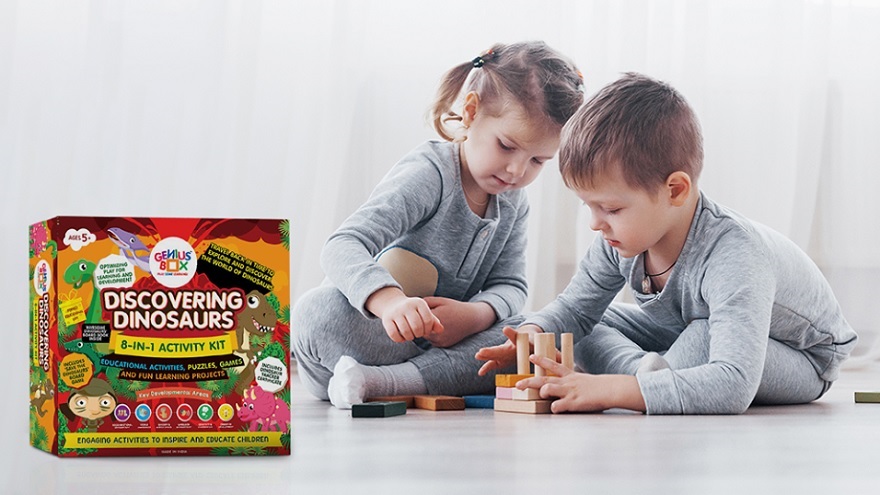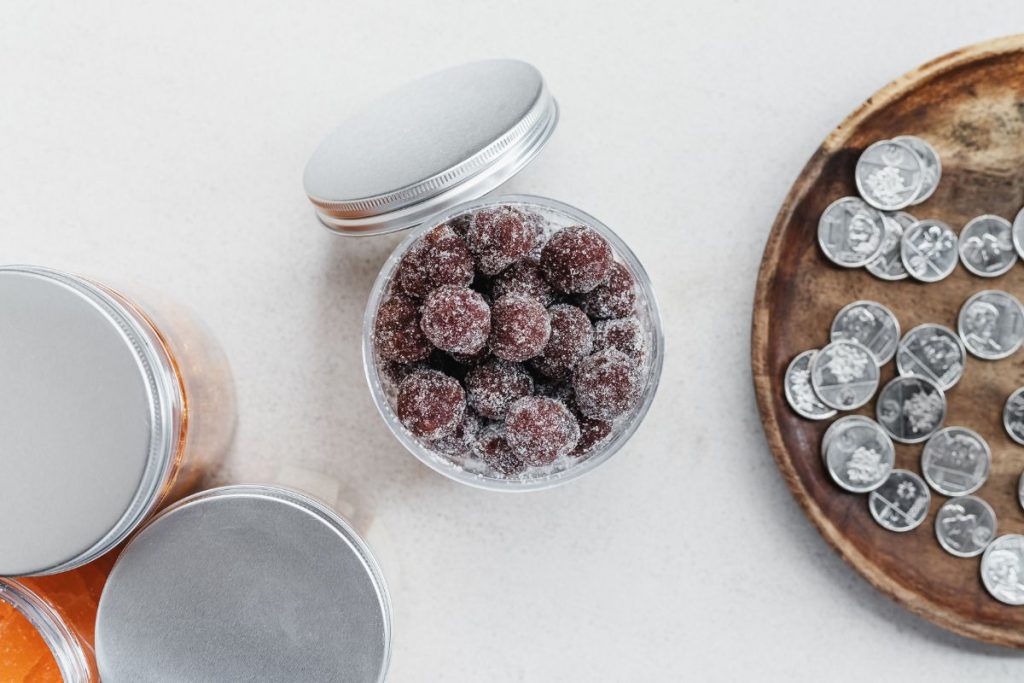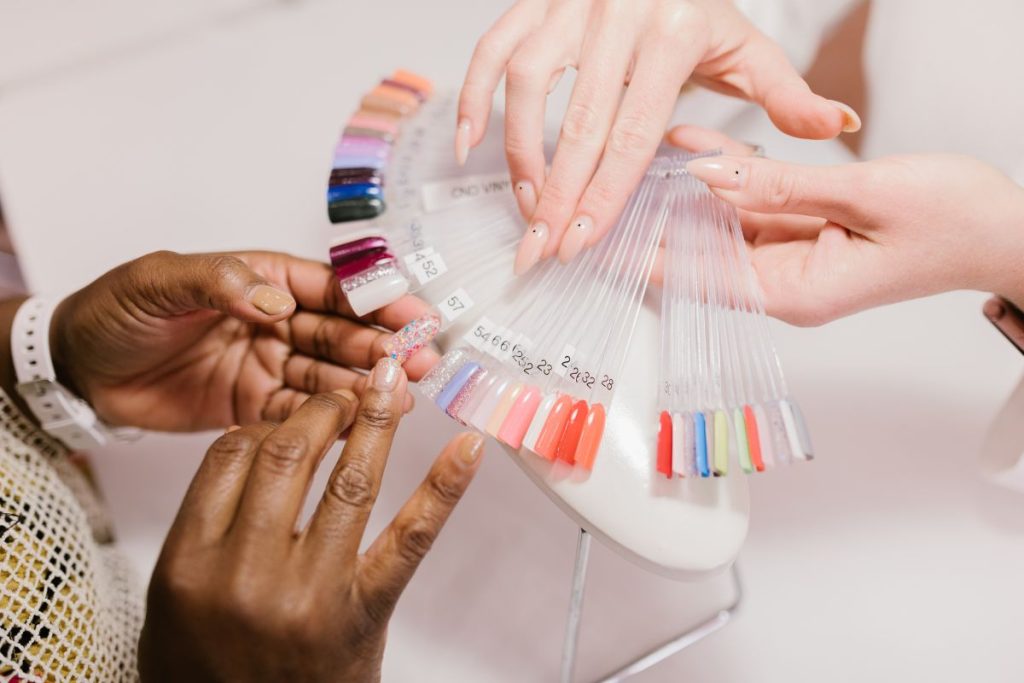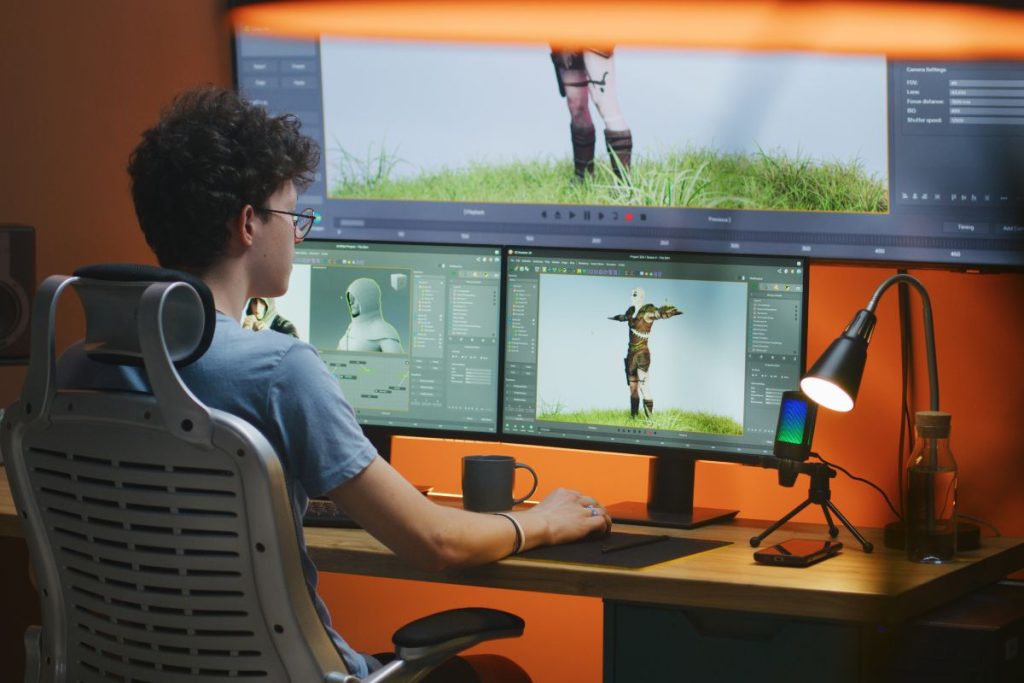
DIY – A New Way for Kids to Enjoy
“Do it yourself”, or as it is widely known in its acronym form, DIY, has been trending for a long time now. The idea to put together materials, and crafts, and kits yourself has proven to be rather fun and exciting. And there’s nothing that kids enjoy more than what’s fun and exciting. Along with its “fun” element, DIY can be very educational for children and can actively help in their cognitive development while also refining their motor skills. DIY projects related to arts and crafts can foster creativity in your child, and can also help expand the horizon of their imagination.
Table of Contents
Benefits of DIY for children
The hand-eye coordination of a child can improve immensely when they are engaged in a DIY project of any kind. There’s physical activity going on, and the child becomes better equipped for the future as they learn about putting together things on their own without depending entirely on their parents or other adults. DIY’s effect is not limited to the body; the child’s brain is equally at work, visualizing, planning, thinking of all the possible outcomes of their endeavour with creative projects.
Another wonderful benefit of DIY projects for kids is that they can do them with their friends and/or siblings. This improves their social skills and doubles the fun because it’s always more fun when you have someone to share it with.
DIY activities can also be a very fun and healthy exercise for the family as a whole. When parents sit down with their children and let them unleash their potential, it boosts their children’s self-esteem, which helps them greatly as they grow up.
Emotional expression
It is paramount that your children express themselves emotionally, and DIY arts and crafts projects are the best way to effectively do that. When a child immerses themselves in such projects, they channelize their positive and innocent energy into whatever they are trying to create. This is a great outlet for them, and can also help the parents understand their children better. If children start expressing themselves emotionally/creatively at a young age, instead of suppressing their emotions, it helps them channelize their emotions better and in a healthy manner, as they grow up to be adolescents.
The educational side of DIY
One can try but still cannot deny that while DIY is a lot of fun, it can also be highly educational. There’s a lot that children can learn working hands-on on various projects. There are a lot of DIY kits available, themed and otherwise, which along with helping them to express themselves creatively and letting them actively use their brain and hands, can teach them a lot about a variety of things. Sometimes, especially with themed kits, children can learn about animals, plants, space, and many other things. Basically, these help in increasing a child’s general knowledge. Educational toys, in this era, are very important in the cognitive, and behavioral development of children. But they would never work if they aren’t fun.
Why DIY kits are more fun than regular toys?
The thing with DIY is that a child is engrossed in the project, from start to finish. In the beginning, they’re thinking about what they are going to do to reach the end result. In the middle, they’re unafraid to get their hands painted or covered in glitter, and when the end of the project is near, they’re working on their finishing touches. But what’s the best part of DIY? It’s the laughter. DIY projects can sometimes be unpredictable and can go off track at times, which can be a very funny thing. So, the next time you want to plan a fun family activity for your kids (and yourself), get a DIY box and let the fun, laughter, and learning flow.
November 22, 2019

















